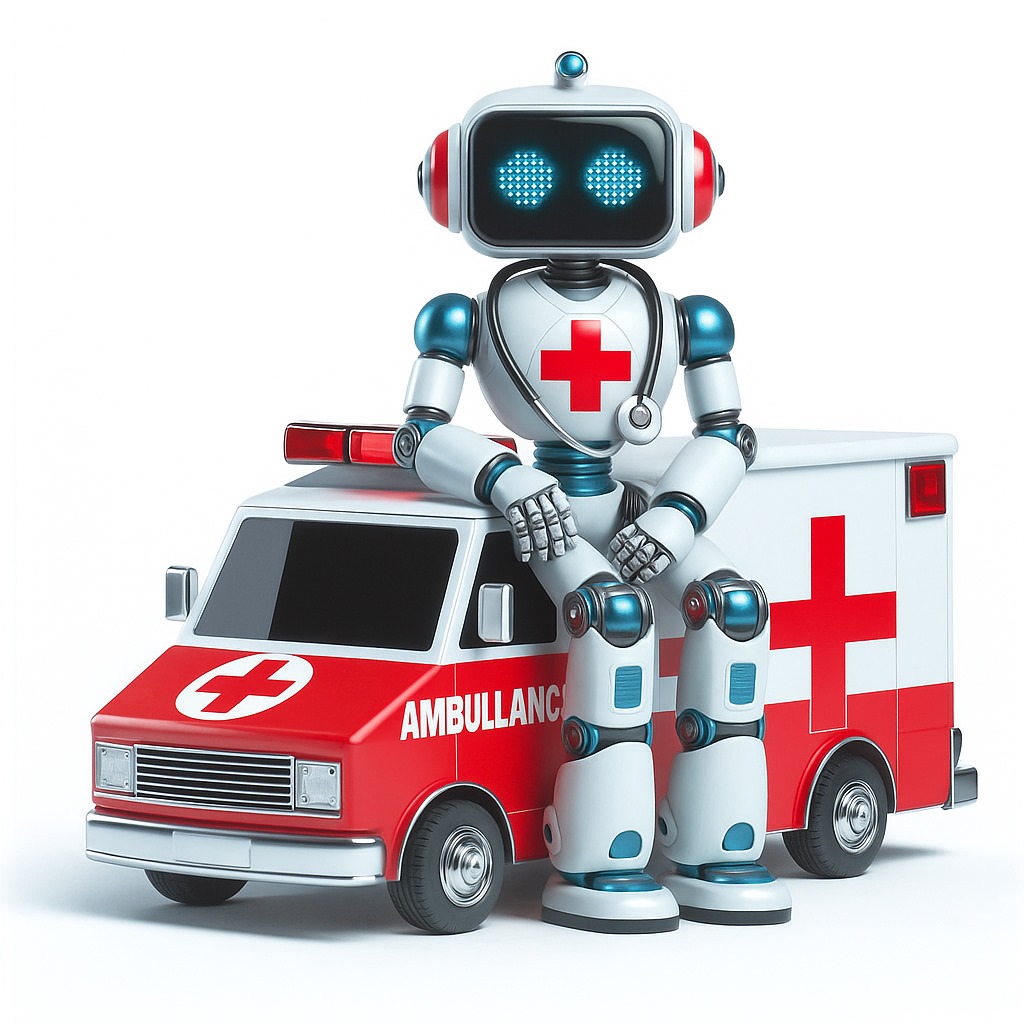.png)
Know about Medical Emergencies
Whether it's a child choking on a piece of food or an adult experiencing chest pain, knowing how to recognize and respond to these situations can mean the difference between life and death.
The most common medical emergencies that can occur in both children and adults, as well as provide you with practical tips and advice on how to prevent them from happening
Common Medical Emergencies in Children
Children are prone to a variety of medical emergencies, and it's important for parents and caregivers to be able to recognize the signs and take appropriate action. One of the most common emergencies is choking, which can occur when a child swallows something that gets stuck in their throat. Symptoms include difficulty breathing, coughing, and wheezing. To help a choking child, perform the Heimlich maneuver or back blows until the object is dislodged.
Another common emergency is an allergic reaction, which can be triggered by food, insect bites, or other allergens. Symptoms include hives, swelling, and difficulty breathing. If a child is experiencing an allergic reaction, administer an EpiPen if available and call Ambulance immediately. It's also important to identify and avoid triggers to prevent future reactions.
Common Medical Emergencies in Adults
Heart attacks are one of the most common medical emergencies in adults. Symptoms include chest pain, shortness of breath, and nausea. It is important to call emergency services immediately and administer CPR if necessary.
Stroke is another common medical emergency in adults. Symptoms include sudden weakness or numbness on one side of the body, difficulty speaking, and loss of vision. Time is critical in treating a stroke, so it is important to call emergency services immediately.
In adults
bleeding
breathing problems
mental changes
chest pain
and discomfort lasting two minutes or more are common symptoms.
Children may experience significant changes in mental status
lack of alertness
increased sleepiness
difficulty breathing
difficulty eating or feeding
bluish skin color, seizures, fever, stiffness in the neck or back, and unstoppable bleeding.
To prepare for an emergency, determine the location and quickest route to the nearest emergency department, keep emergency phone numbers posted, and know the hospital(s) your provider practices. Wear a medical identification tag and have a personal emergency response system for older adults.
If someone has attempted suicide, call 108 Ambulance or the local emergency number immediately. If someone needs help, stay calm, start CPR or rescue breathing, place the person in the recovery position until the ambulance arrives, and call 108 or your local emergency number if the person's condition is life-threatening, could become life-threatening, could cause further injury, needs paramedics' skills, or traffic conditions cause a delay.
First Aid Techniques
In medical emergencies, knowing basic first aid techniques can mean the difference between life and death. Some of the most important techniques include performing CPR, stopping bleeding, and treating burns and fractures. It's essential to remain calm and act quickly in these situations to give the victim the best chance of survival.
We will demonstrate these techniques using visual aids to ensure that you have a clear understanding of how to perform them. We encourage you to ask questions and practice these techniques on your own time to become better equipped to handle emergencies.
Prevention
Preventing medical emergencies is key to ensuring the safety and well-being of both children and adults. One important preventative measure is maintaining a healthy lifestyle, including regular exercise and a balanced diet. This can help reduce the risk of conditions such as heart disease and diabetes, which can lead to medical emergencies.
Another important preventative measure is being aware of potential hazards in your environment. For example, keeping your home free of clutter and ensuring that all electrical appliances are in good working order can help reduce the risk of accidents and injuries. Additionally, taking steps to prevent the spread of infectious diseases, such as washing your hands regularly and getting vaccinated, can help protect both yourself and others from medical emergencies.
In conclusion, it is crucial to recognize and respond to medical emergencies in a timely and effective manner. Whether it is a child or an adult, knowing the symptoms and appropriate actions to take can make all the difference in saving a life.
We have discussed the most common medical emergencies that can occur in both children and adults, as well as basic first aid techniques that can be used to help in these situations. We have also provided practical tips and advice for preventing emergencies from happening in the first place.
Remember, seeking further education and training can help you become better equipped to handle emergencies. By being prepared and knowledgeable, you can make a significant impact on someone's life during a medical emergency.
